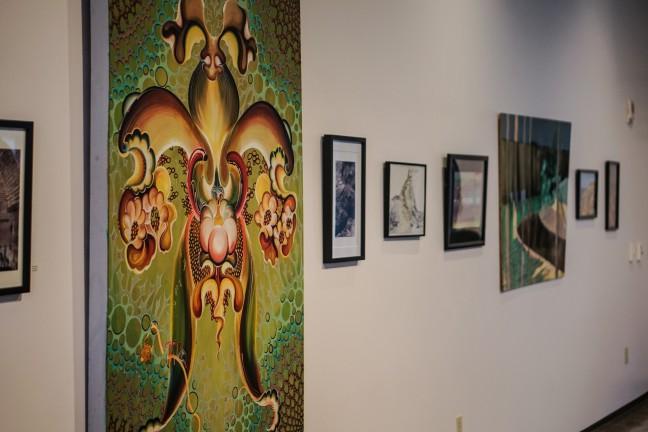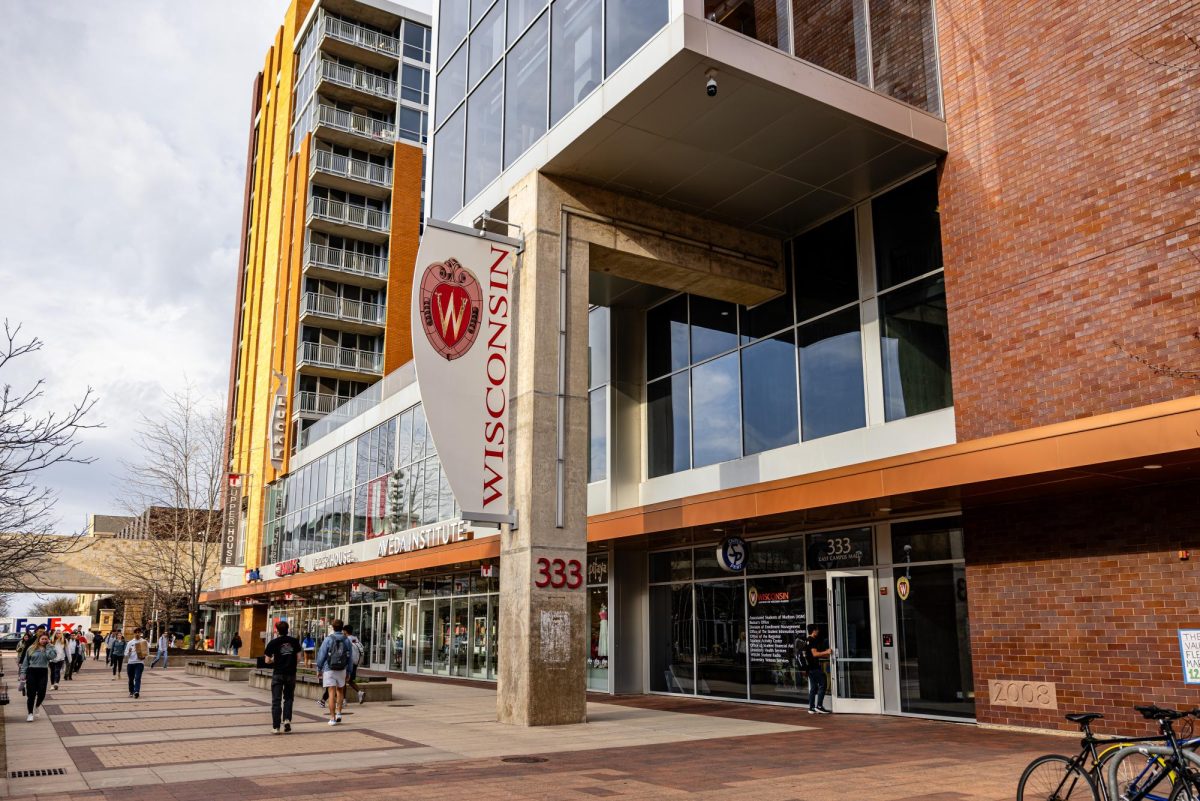Though many tend to think of the arts as separate from Wisconsin’s economy, they actually contribute more than $530 million every year to create jobs and help Wisconsin thrive.
April 24-29 was a celebration of Wisconsin’s “creative economy,” a new term used to describe the economic contribution of artistic and creative industries.
According to Arts Wisconsin, the creative economy is composed of a wide variety of artistic businesses that include museums, symphonies, theaters, for-profit film, architecture companies, design firms and photography businesses, among many others.
Interior visions of restaurants, bold fashion adorns ‘Design 2016’
All of these artistic industries contribute around $535 million to Wisconsin’s economy.
Anne Katz, Arts Wisconsin spokesperson, said arts and culture actually create even more money than that estimated number. The $535 million estimate only includes money spent on parking, babysitters, shopping, hotels, eating out and other expenses around arts events — not tickets or other profits made from the art events themselves.
Matthew Bakkom, University of Wisconsin photography and art professor, said investing in arts is investing in the economy, especially at the local level.
“When you invest money in the arts, the money goes almost universally directly back into the local economy, or into a larger economy of supply and demand,” Bakkom said.
Additionally, Katz said the creative economy creates jobs. In 2015, there were nearly 10,000 art businesses in Wisconsin, which employed more than 42,000 people, according to Arts Wisconsin. This, however, was only 3.2 percent of Wisconsin’s businesses and 1.4 percent of its employees.
Katz said creative industries need to make up a larger percentage of Wisconsin’s total economy. She said Wisconsin used to rely heavily on manufacturing jobs, but many of those jobs have left, pointing to the closings of the General Motors factory and the Oscar Mayer factory in Madison.
Shutdown of Madison’s Oscar Mayer plant came as ‘shock’ to employees
The gap in jobs from these manufacturing company closings could be filled with creative industries positions if more support was given to creative economies, Katz said.
“The creative economy will never be the dominant economy in Wisconsin, or anywhere, but it needs to be — it should be — a bigger part of the economy and there should be more ways for the state and for everybody to acknowledge that this is the way to go,” Katz said. “We have to have a healthy mix of jobs and the creative economy is an important part of that.”
Katz said one important part of developing the creative economy is to initiate more legislative support. She said legislators are starting to see that there is a need for artistic industries in the community.
One bipartisan bill would have created a grant program to support creative industries in the state. It would have require the Wisconsin Arts Board to award grants to art organizations and businesses on a competitive basis to help spur job creation and economic development.
Though the bill passed unanimously through the Joint Committee on Finance Feb. 11 and passed 14-1 through the Committee on Jobs and the Economy Feb. 12, it did not make it through the Legislature this session.
According to the Arts Wisconsin website, the bill will be introduced and reconsidered in future sessions. Terri Griffiths, spokesperson for U.S Sen. Sheila Harsdorf, R-River Falls, the bill’s author, said Harsdorf does not currently have plans to work on the legislation next session, but it is something she would consider.
Bakkom said the Legislature should consider any policies that provide more support for arts in the state because of their wide range of benefits. He said the power of art is “tremendous,” as it provides people with an important education and enriching entertainment.
In 2011, however, Gov. Scott Walker cut the Wisconsin Arts Board by 67 percent, and in 2013, Wisconsin ranked 48th in the nation for arts spending, according to Wisconsin Public Radio.
Bakkom said it’s important for the state to not cut funding for the arts in the future since involvement in the arts has a powerful impact on the economy and on people’s futures.
While the economic impact of the arts is more significant than one many realize, Bakkom said it’s also important to remember that the arts always have an “invisible return” of enriching people’s lives.
“People find joy in it — it improves their quality of life ultimately,” Bakkom said. “And how can you put a number on that?”


















